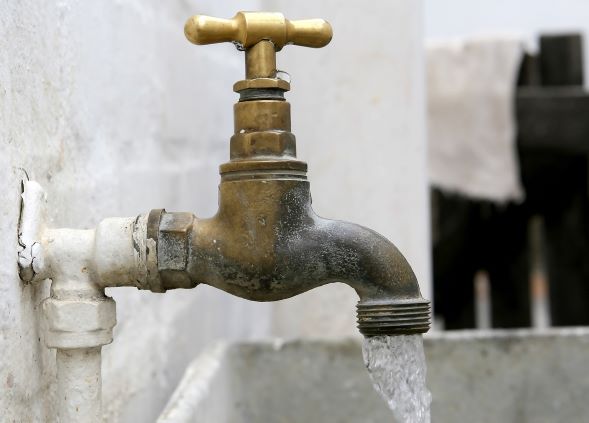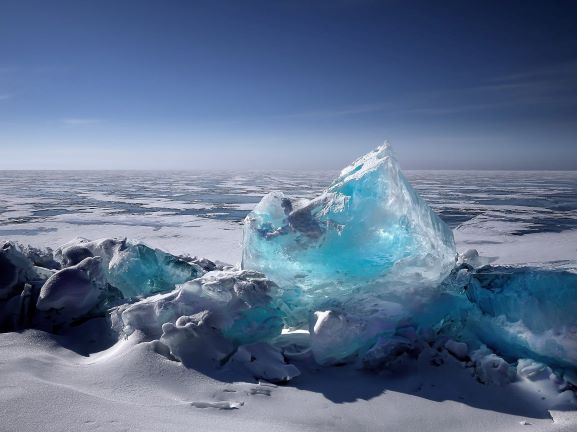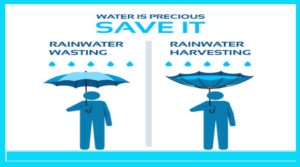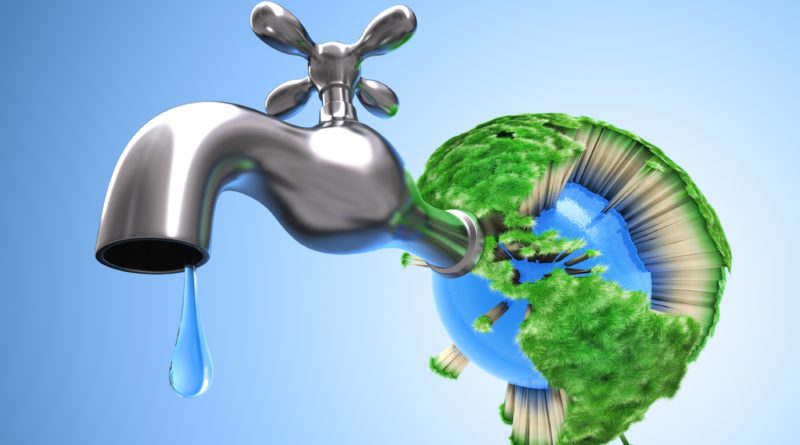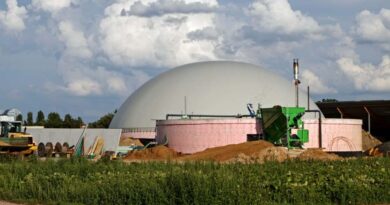Water Crisis: A Year After Cape Town Averted Day Zero

South Africa, probably most developed country in Africa is continuing its battle with the severe water crisis that brought its crown jewel, Cape Town, to its knees last year. The country and its people have changed after being subjected to the haunting realization that their taps can run dry anytime soon.
As of March 1, 2019 the city authorities in Cape Town have put in place Level 3 Tariffs for water and sanitation purposes. Earlier the city asked residents to limit use to 23 gallons a day, which means that everyone is required to use 105 litres or less per person, per day. This is a comfort after the last cap for the Cape Town was for 50 liters per person in 2018.
Last year, Cape Town averted the “Day Zero” water crisis that made headlines, but the close call was enough to change the city’s water consumption habits. This time a year ago Capetonians were in a panic as the city clamped down on the use of water as the city became the world’s first major city to look like it was about to run out of water due to climate change driven changes.
Calculating Day Zero took into account maximum evaporation (based on temperature and wind) and existing patterns in agricultural and urban use—an equation that considered both natural and man-made conditions. Avoiding Day Zero has been a combination of both human effort and good rain. It’s also why Day Zero remains an ever-present threat, albeit one further out on the horizon.
Read Also: 5 lakes that did not survive urbanization in India
On a brighter side, presently Capetonians are using about 40 million litres less water a day than they are allowed to. In effect, changing behaviour permanently after the crisis. Experts say this could indicate a sea change in consumers’ understanding of the value of water.
Cape Town now is also looking at new ways to supplement the city’s supply such as desalination plants and drilling new boreholes. But six of the seven projects are behind schedule.
“We see 2019 as a recovery year after having successfully emerged from the severe and unprecedented drought,” Xanthea Limberg, a city councillor who serves as mayoral committee member for informal settlements, water and waste services, said in a statement. The city “will continue to follow a conservative approach in light of the rainfall uncertainty over the coming two years,” she added.
With the summer dry season underway, dams that serve the city stood at 63.1% of capacity as of January, up from 28.8% a year ago, according to the city’s weekly assessment. According to a report published last March by the Institute for Security Studies, the challenges include a growing population, contamination of rivers, leakage from rickety infrastructure (including wastewater treatment facilities in disrepair), and dependence on coal, which provides roughly 77% of the country’s energy needs via power stations that need water to cool have put strains on the water resources of the country.
But despite the severe drought in the Cape Town, Tourists visiting the city continued to rise and 2018 saw the number of international visitors rise 9.6%. While Cape Town made headlines in almost all international media, hinterlands and interiors of other African Countries were neglected even though they went weeks without water.
Read: Water Woes in Punjab come home as Entire Village Puts Itself for Sale
We can’t help but notice similarities South Africa and India has when it comes to water usage or wastage. We can recall the Shimla water crisis making similar waves. Studies and various research like ICIMOD all have tried to show us the reality. Where Cape Town may have averted their Day Zero by concerted efforts both at the local and government level; in India common consensus to treat water scarcity as a crisis has yet to come of age. Besides being election promise, water rarely comes to the forefront. The solution to this crisis cannot be formulated by a few in the high up places. We need to build ‘peer pressure’ or believing that it is the ‘right thing to do’ else like Cape Town we would have to no choice but to change our ways due to fear.

